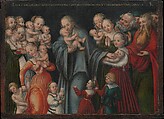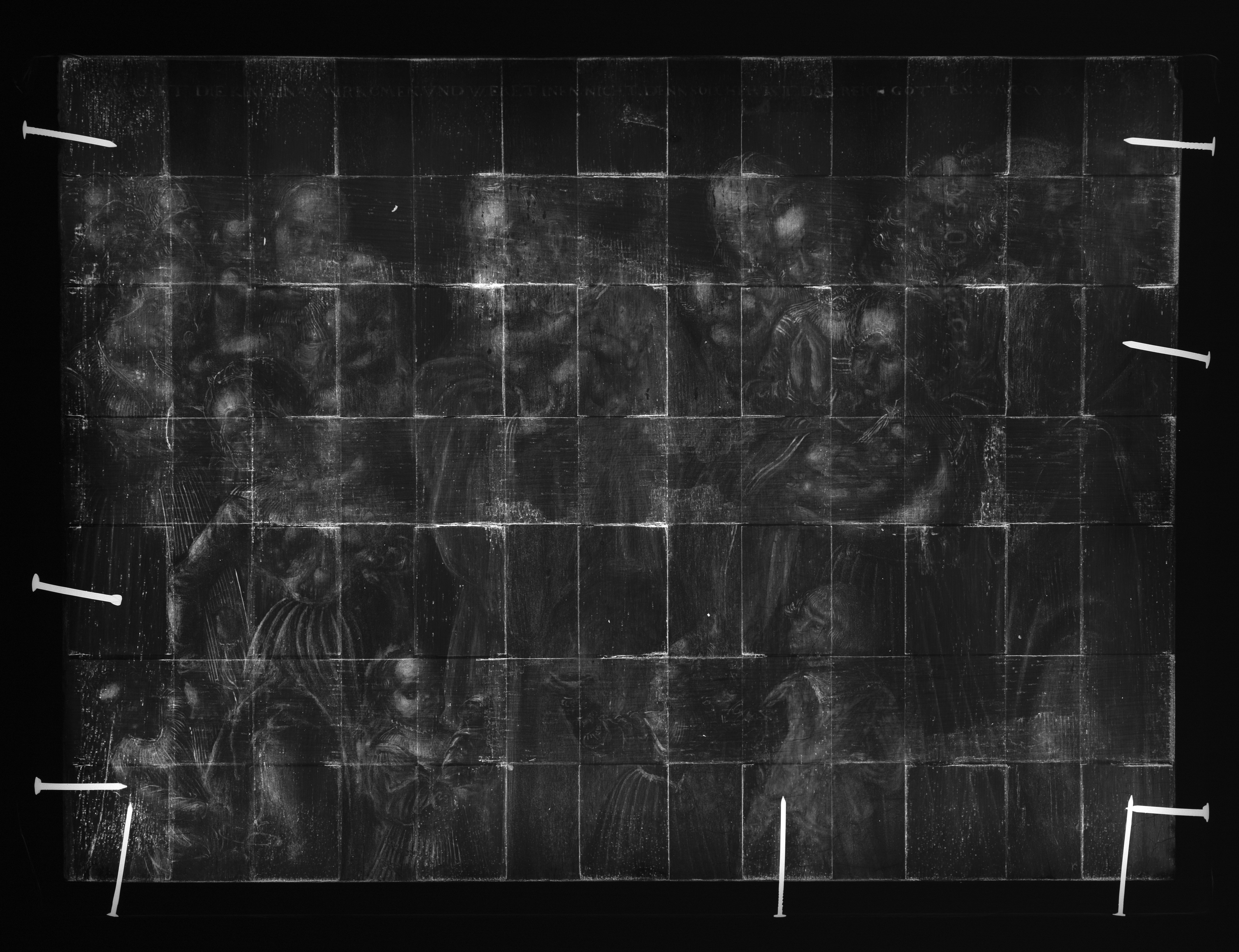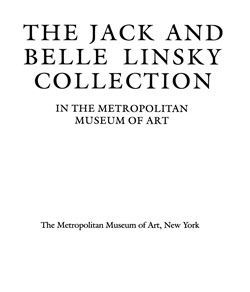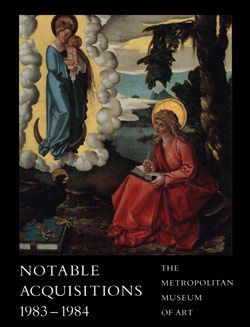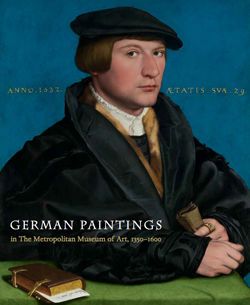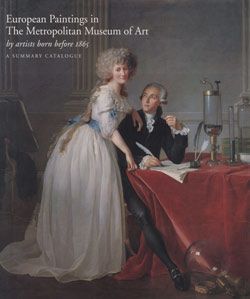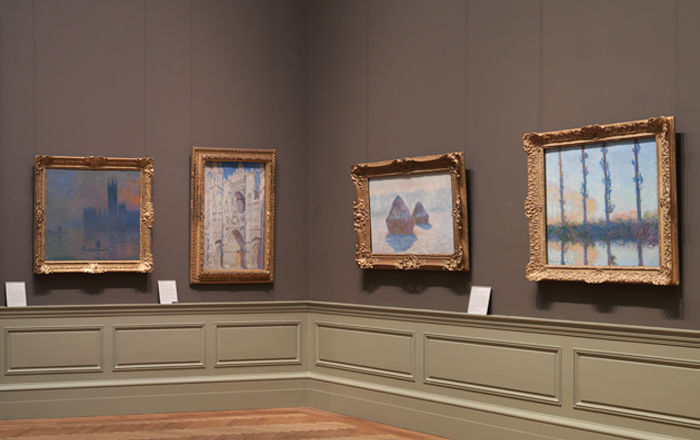Probably made as a pair with
Christ and the Adulteress (The Met
1982.60.35), the story of Christ Blessing the Children is found in the gospels of Matthew (19:13–15), Mark (10:13–16), and Luke (18:15–17). Children are brought to Christ for blessing, and his disciples raise objections, which Christ counters with the words inscribed across the top of this panel: "Suffer the little children to come unto me, and forbid them not: for of such is the kingdom of God."
This theme, which before the sixteenth century had been confined mostly to manuscript illumination, makes a relatively late appearance in Cranach's oeuvre. His earliest treatments of the subject date to the second half of the 1530s (Städel Museum, Frankfurt; Kunsthalle, Hamburg; Gemäldegalerie, Dresden). These paintings became an extraordinarily popular product of the Cranach workshop and over twenty painted versions are known, most modeled on the standard set by the Christ and the Adulteress pictures: horizontal format, half- to three-quarter-length figures, and black background.
The Museum's
Christ and the Adulteress and
Christ Blessing the Children are unusual among the many variants of these subjects made in Cranach's workshop because of their small size and the likelihood that they were meant as a pair. Although the earliest known provenance of the two panels indicates separate ownership, the remarkably close correspondence in size and appearance and the existence of a pair of old copies in the Schlossmuseum, Gotha, is strong evidence that they were made as pendants. The two paintings are united by the theme of the free dispensation of divine grace, a central tenet of Lutheranism. Their very small size suggests that they were meant for a private setting.
Bauman (1984) correctly dated the pictures to the mid-1540s or later and noted the difficulty of distinguishing the hands of Cranach the Elder and Cranach the Younger at this stage; however, affinities with large works from the second half of the 1540s associated with Cranach the Younger make it reasonable to say that The Met's two pictures date between 1545 and 1550 and are closer in manner to Cranach the Younger than to his father, despite the widespread collaboration and stylistic cross-pollination that must have taken place in the workshop at the time.
[adapted from Waterman in Ainsworth and Waterman 2013]
